
Every LGBTQ+ flag you might see at Pride and what they all mean
Pride month is a time for protest and celebration, one when the LGBTQ+ community unite under the rainbow banner or their chosen Pride flag. From the bisexual Pride flag to the trans Pride flag, here’s a guide to all the different designs.
Each year in June, the queer community comes together to march through city centres honouring the diversity of our people – often, by waving or dressing themselves in flags.
Some of these flags may not be familiar to everyone, so PinkNews brings you a look at the many wonderfully bright and diverse designs, and what it all means.
LGBTQ+ or Gay Pride flag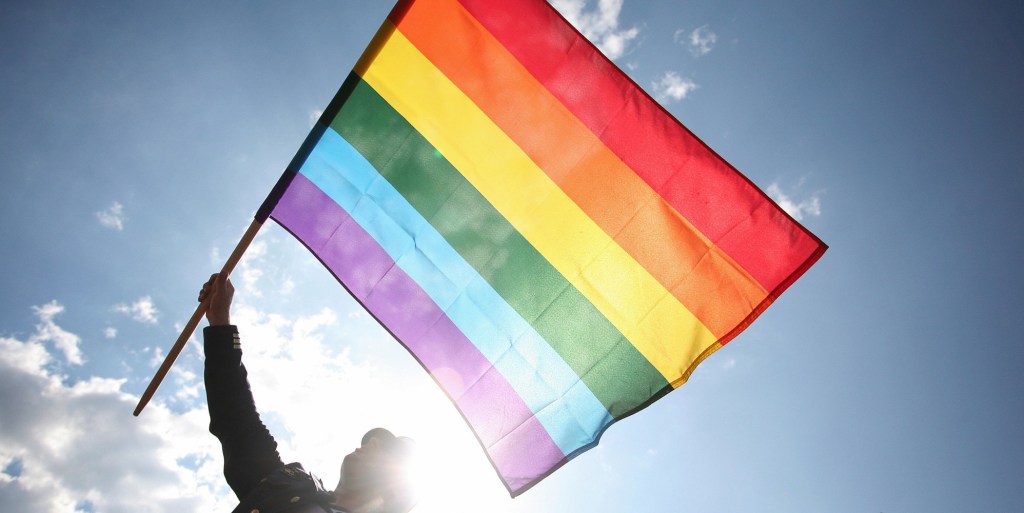 The LGBTQ+ Pride flag. (Getty)
The LGBTQ+ Pride flag. (Getty) Let’s start with a familiar one.
The rainbow flag is seen at Pride events all around the world and is often used as a collective symbol for the entire LGBTQ+ community.
However, the design we are most familiar with has changed slightly from the original designed by Gilbert Baker in 1977.
Baker, who died in 2017, said each colour in the flag represents something different.
According to Baker, pink is for sex, red for life, orange for healing, yellow for sun, green for nature, turquoise for magic, blue for serenity and purple for the spirit.
“I like to think of those elements as in every person, everyone shares that,” he said to ABC7 news in 1972.
“Flags say something. You put a rainbow flag on your windshield and you’re saying something.”
Although the six-stripe flag we are all most familiar with was caused by difficulties in getting pink and turquoise fabric, that doesn’t mean the flag has finished changing.
In 2017, campaign group More Color More Pride added two extra stripes of black and brown to the traditional flag in order to tangibly include people of colour.
The new flag sparked controversy, but it has a large host of supporters, including Lena Waithe who fabulously wore a cape version of the inclusive flag to the 2018 Met Gala.
googletag.cmd.push(function() { googletag.display('Desktop_Pagicle_Content_1'); }); Bisexual Pride flag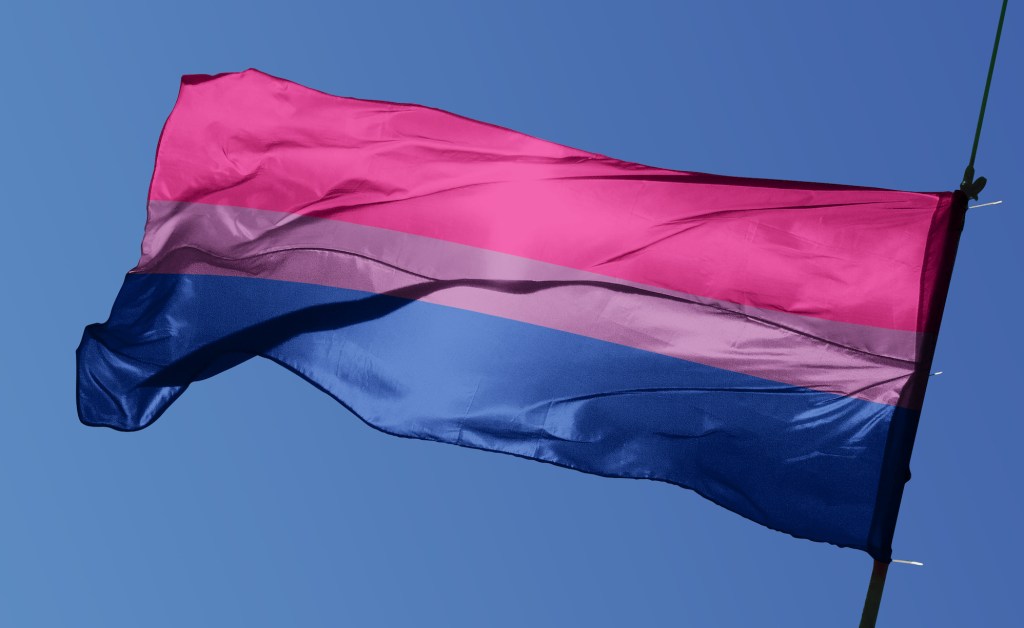 The bisexual Pride flag. (Getty)
The bisexual Pride flag. (Getty) The bisexual Pride flag was designed by Michael Page in 1998 in order to give bisexual people a wider sense of community and visibility.
Page said that the message of the flag was the idea that the purple blends into both the blue and pink in the same way that bisexual people often blend unnoticed into both gay and straight communities.
The flag is reflected in the phenomenon of bisexual lighting.
Bisexual lighting is when producers use pink, purple and blue hues to make their stars shine, and has been spotted in a series of your favourite films.
The meme has appeared in several blockbusters including Black Panther, Atomic Blonde and Logan, as well as the wonderful music video for Janelle Monáe’s song “Make Me Feel.”
googletag.cmd.push(function() { googletag.display('Desktop_Pagicle_Content_2'); }); Trans Pride flag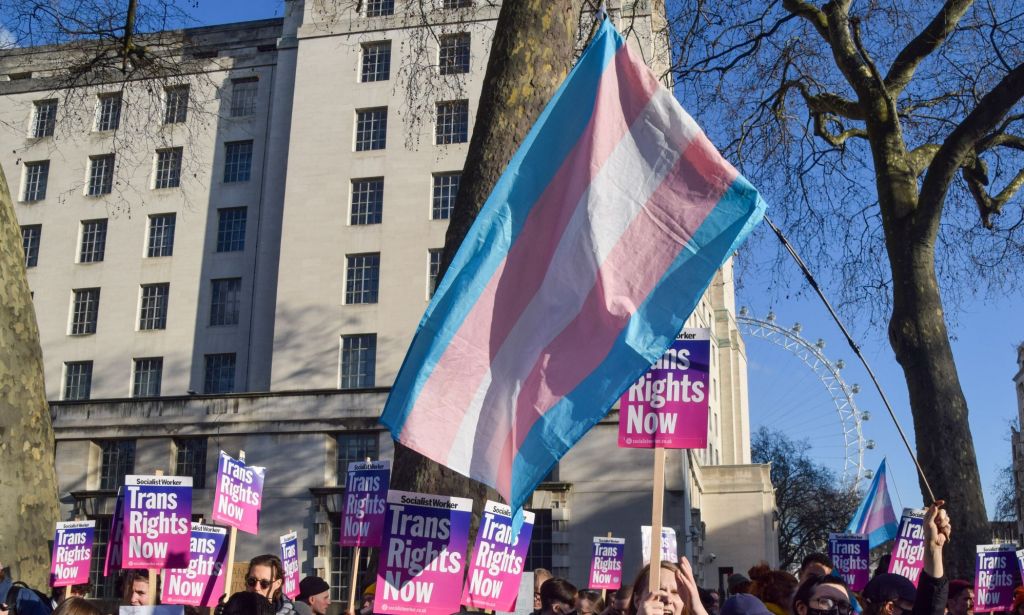 The trans Pride flag. (Getty)
The trans Pride flag. (Getty) The transgender Pride flag was created by Monica Helms, a navy veteran who came out as trans in 1987.
Helms came up with the trans flag in 1999, after she met Michael Page, and he told her “the trans community needs a flag too.”
The idea for the design came to her quickly, with the blue for trans men, the pink for trans women and the white stripe in the centre representing the non-binary community.
She carried the flag everywhere with her for years, including to over a dozen colour guard Pride parades, but it didn’t start gaining popularity until 2013.
googletag.cmd.push(function() { googletag.display('Desktop_Pagicle_Content_3'); }); Progress Pride flag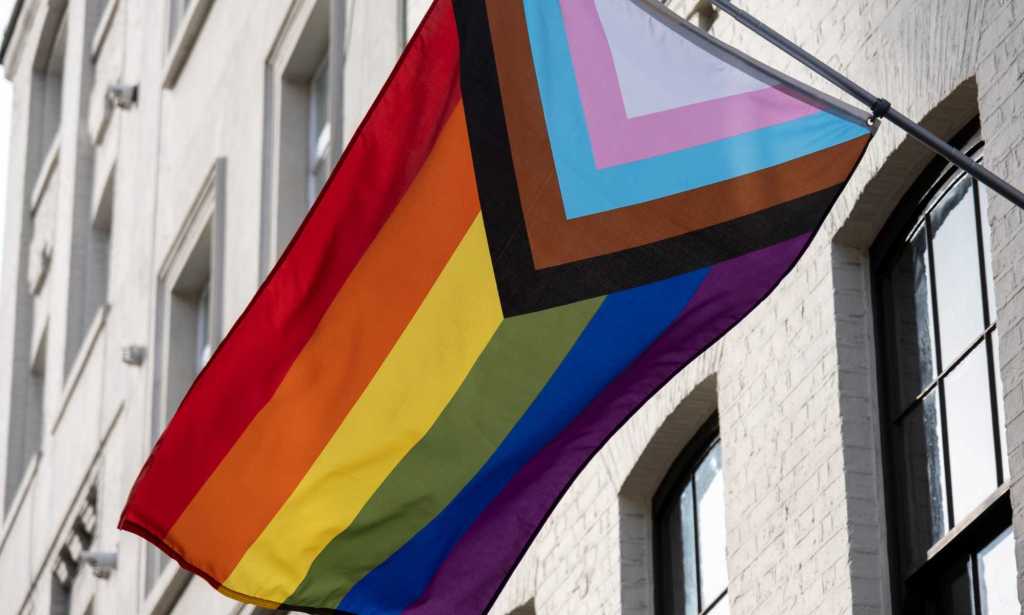 The Progress Pride flag. (Getty)
The Progress Pride flag. (Getty) In 2018, a designer began a campaign to “re-boot” the LGBTQ+ Pride flag to make it more inclusive by adding a five-coloured chevron to represent queer people of colour as well as the trans community.
Daniel Quasar, who identifies as queer and non-binary, recently made-over the six-coloured rainbow flag, saying they added a five-striped arrow to reflect “all aspects of our community.”
googletag.cmd.push(function() { googletag.display('Desktop_Pagicle_Content_4'); }); Lesbian flag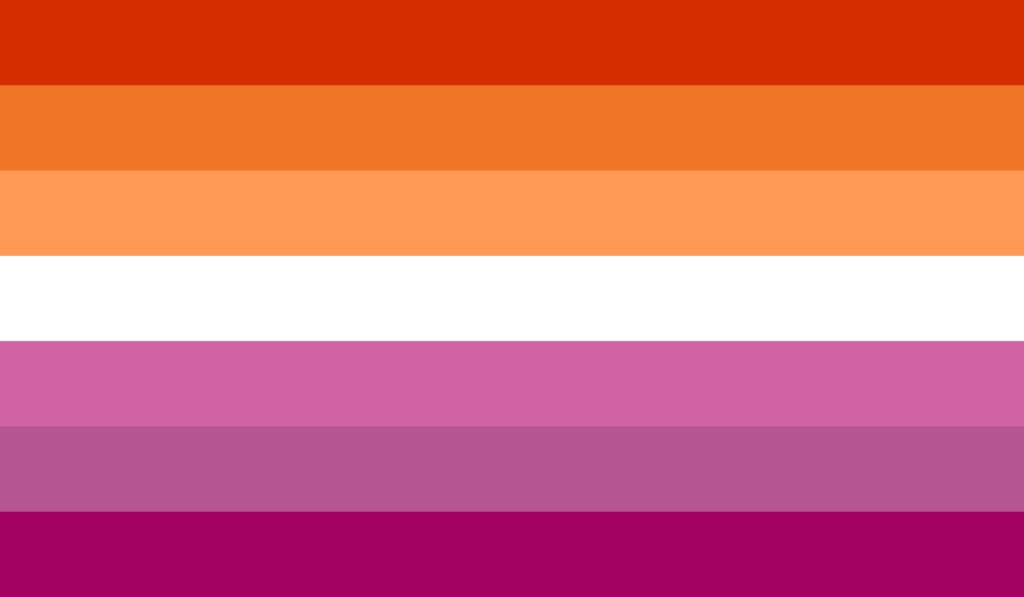 The lesbian Pride flag. (Getty)
The lesbian Pride flag. (Getty) It has to be said that you might not find many lesbian Pride flags out at marches, however, it is an important symbol for many lesbians online.
The flag celebrates the ‘L’ in the LGBTQ community with the beautiful hues of pink, though many lesbians opt for other symbols including the interlocking venus symbol, or the rainbow flag.
You might see this flag adapted somewhat, either mixed with other flags or with a bright red kiss in the corner to represent lipstick lesbians.
googletag.cmd.push(function() { googletag.display('Desktop_Pagicle_Content_5'); }); Intersex Pride flag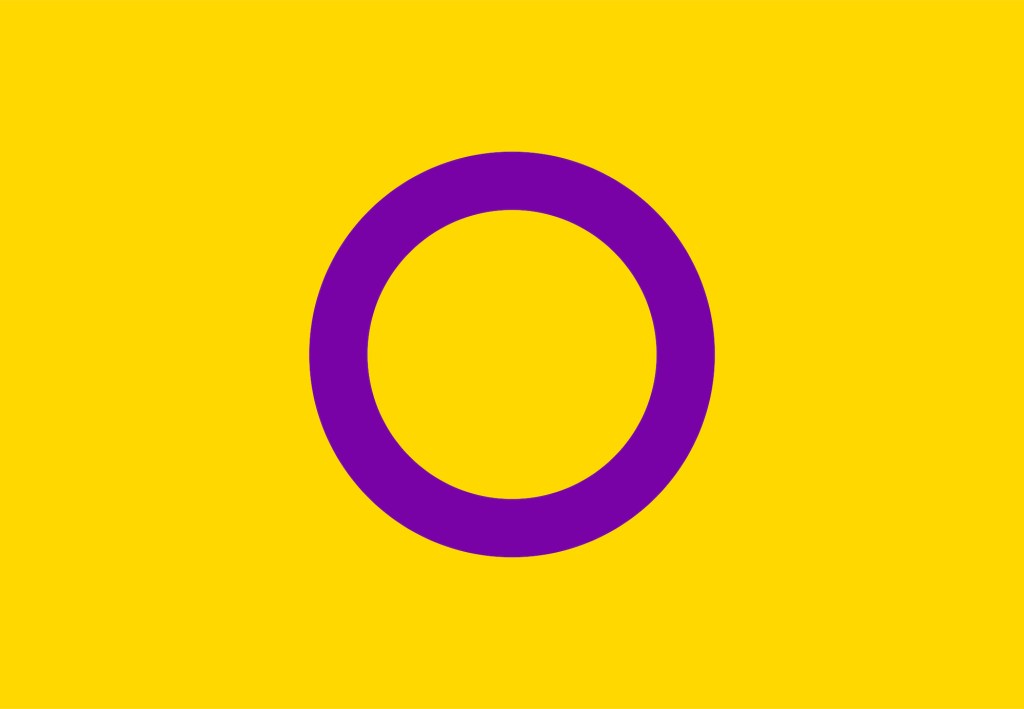 The intersex Pride flag. (Getty)
The intersex Pride flag. (Getty) Intersex means a person who is born with variations in sex characteristics including chromosomes, gonads, sex hormones, or genitals that don’t fit the typical “male” or “female” definitions.
Designed by advocacy group Intersex Human Rights Australia in 2013, the intersex Pride flag intentionally stays away from traditionally gendered colours of blue and pink to celebrate the intersex community.
Explaining the meaning of the flag, the group states: “The circle is unbroken and un-ornamented, symbolising wholeness and completeness, and our potentialities. We are still fighting for bodily autonomy and genital integrity, and this symbolises the right to be who and how we want to be.”
googletag.cmd.push(function() { googletag.display('Desktop_Pagicle_Content_6'); }); Pansexual Pride flag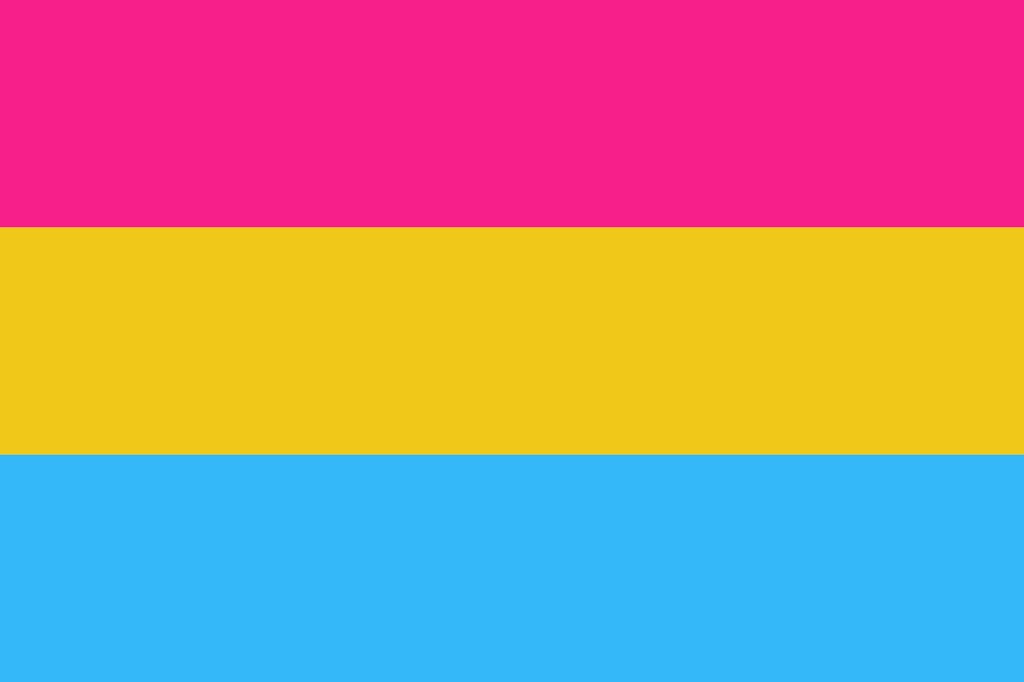 The pansexual Pride flag. (Getty)
The pansexual Pride flag. (Getty) Many people see pansexuality as either an attraction regardless of gender or an attraction to all genders.
The creator of the flag is unknown, but it began to be used on the internet in 2010 and has since become a frequent sight at Pride events all around the world.
Pansexual people describe the flag as showing the attraction to men with the blue stripe, women with the pink and people of other genders with the yellow.
googletag.cmd.push(function() { googletag.display('Desktop_Pagicle_Content_7'); }); Asexual Pride flag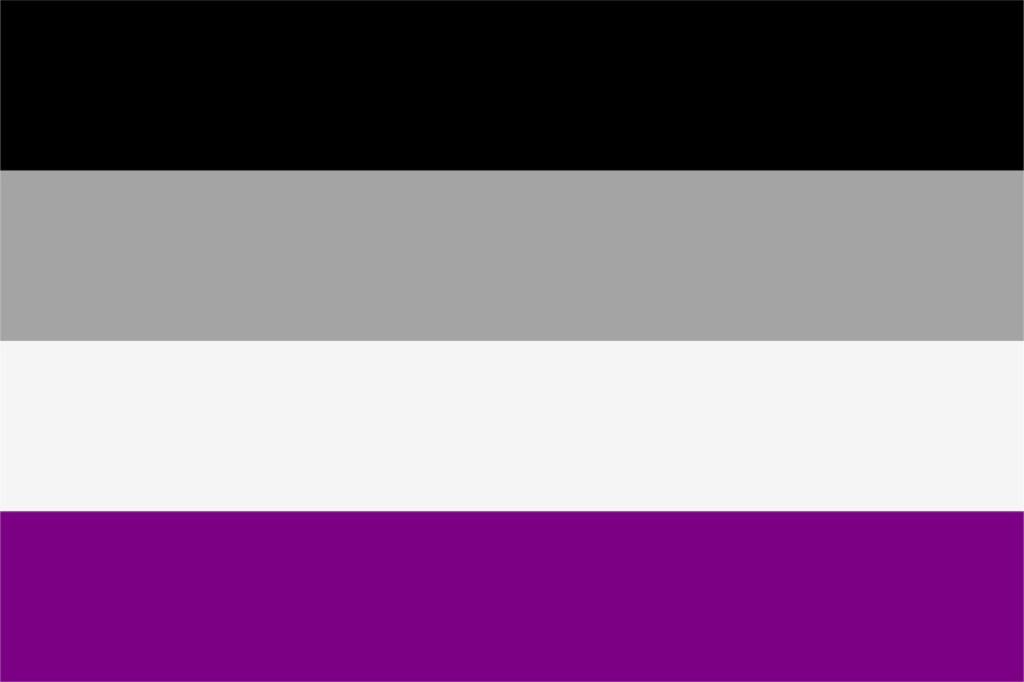 The asexual Pride flag. (Getty)
The asexual Pride flag. (Getty) Asexuality is a term used by people who have limited or no sexual feelings or desires.
According to the Asexuality Archive, the flag was created by a member of the Asexuality Visibility and Education Network (AVEN) as part of a contest in 2010.
As with many other flags, the four stripes each have their own specific meaning.
The black stripe stands for asexuality, the grey stripe for grey-asexuality or demisexuality, the white for allies and the purple for the asexual community as a whole.
googletag.cmd.push(function() { googletag.display('Desktop_Pagicle_Content_8'); }); Polysexual flag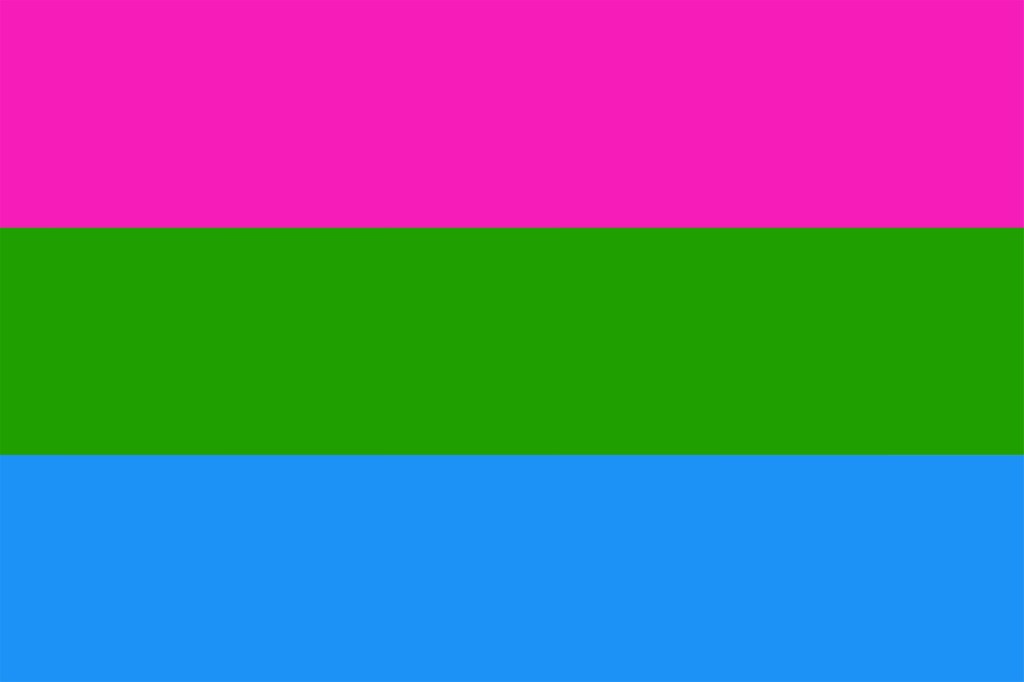 The polysexual Pride flag. (Getty)
The polysexual Pride flag. (Getty) Polysexual is a term used for people who are attracted to two or more genders, but not necessarily all of them.
It can also be used as an umbrella term for identities such as bisexual and pansexual, but many use polysexual as an identity in itself.
The pink stripe is said to represent attraction to women, the blue attraction to men and the green as attraction to people of other genders.
googletag.cmd.push(function() { googletag.display('Desktop_Pagicle_Content_9'); }); Polyamorous Pride flag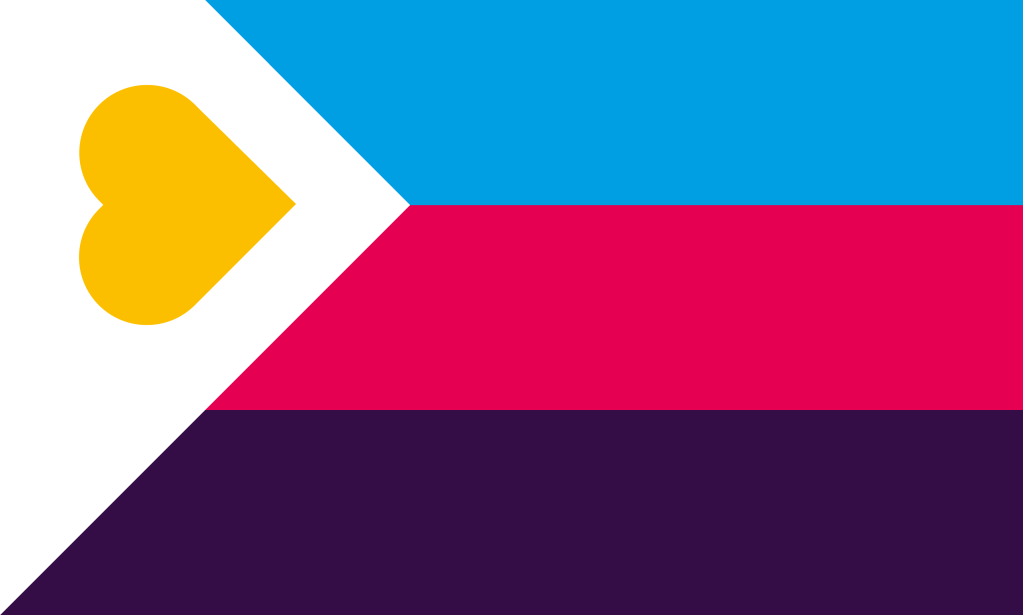 The tricolor polyamory pride flag. (Red Howell/polyamproud)
The tricolor polyamory pride flag. (Red Howell/polyamproud) Polyamory is the term for people who have open sexual or romantic relationships with more than one person at a time.
Many polyamorous people also identify with another label within the LGBT+ community, and so it’s common to see polyamorous Pride flags.
The latest polyamory flag features a tricolour design which was created by Red Howell. The heart within aims to “reminds us that love in all forms is the core of non-monogamy”.
White on the flag symbolises a blank canvas, while magenta stands for desire, love, and attraction, blue stands for openness and honesty, gold represents the energy and perseverance and purple represents a united non-monogamous community.
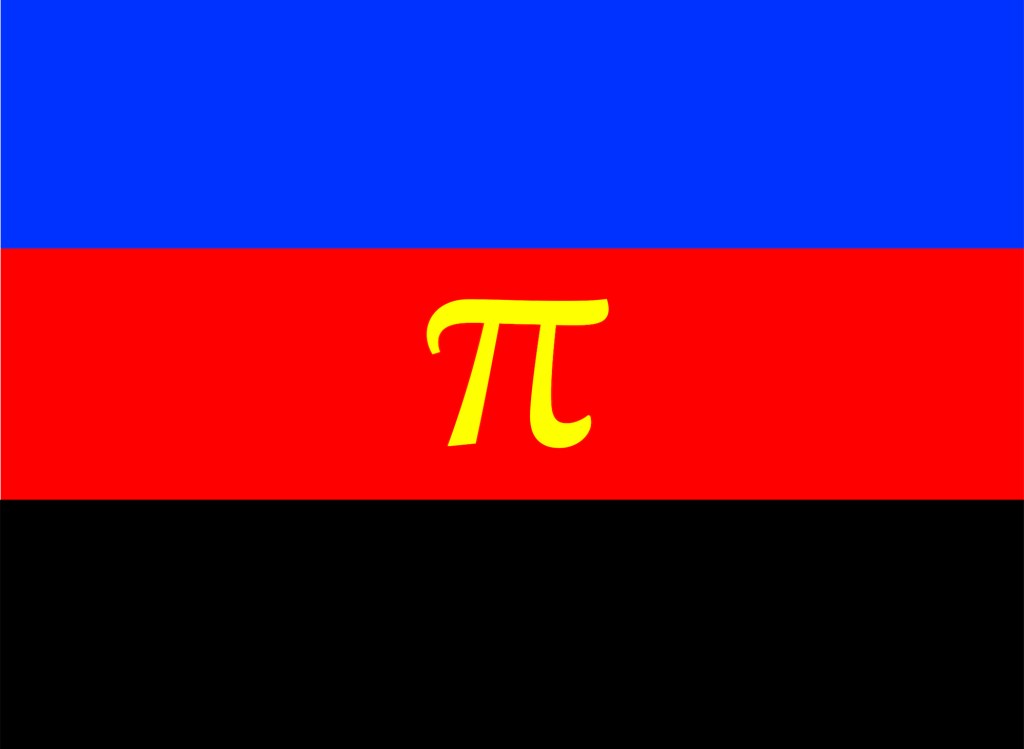 The polyamorous Pride flag. (Getty)
The polyamorous Pride flag. (Getty) Prior to Howell’s flag there was one designed by Jim Evans, which aimed to represent honesty with the blue stripe, love with the red, and the fight against discrimination with the black stripe.
The pi symbol in the middle of the flag is used because it is the first letter in the Greek word for polyamory, and also represents emotional attachments to other people.
googletag.cmd.push(function() { googletag.display('Desktop_Pagicle_Content_10'); }); Non-binary flag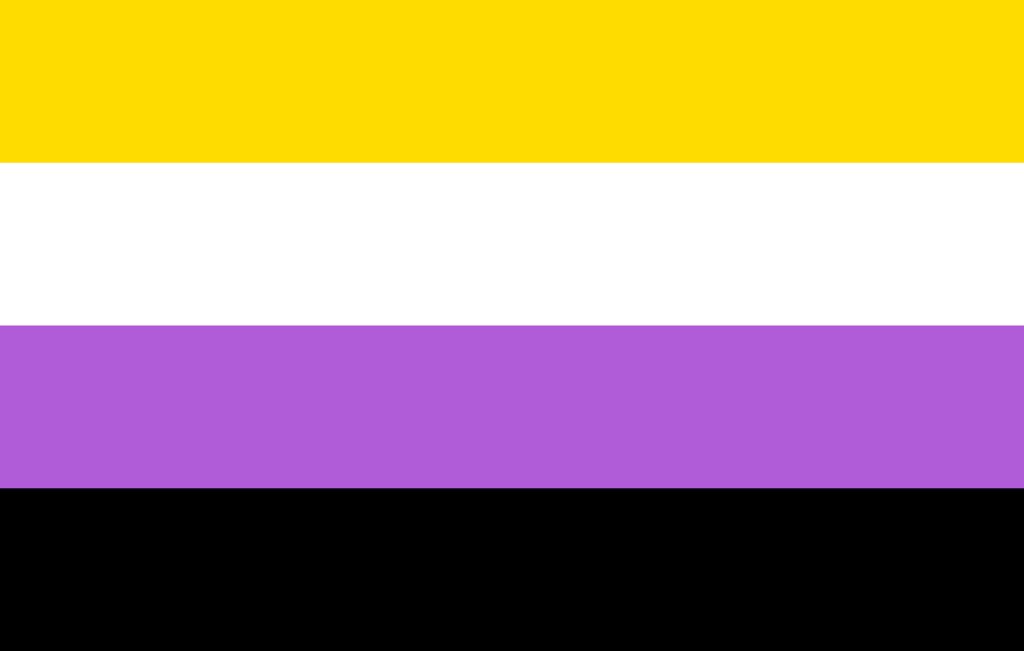 The non-binary Pride flag. (Getty)
The non-binary Pride flag. (Getty) Non-binary is both a term to describe a gender identity that isn’t exclusively male or female, and an explicit identity label for many people.
Created in 2014 by 17-year-old Kye Rowan, the four stripes of the Non-binary Pride flag each represent a different part of the non-binary community.
The yellow stripe is for gender separate from the gender binary, white for those with multiple genders, the purple stripe is for those who are a mix of male and female, and black is for people without a gender at all.
googletag.cmd.push(function() { googletag.display('Desktop_Pagicle_Content_11'); }); Genderqueer Pride flag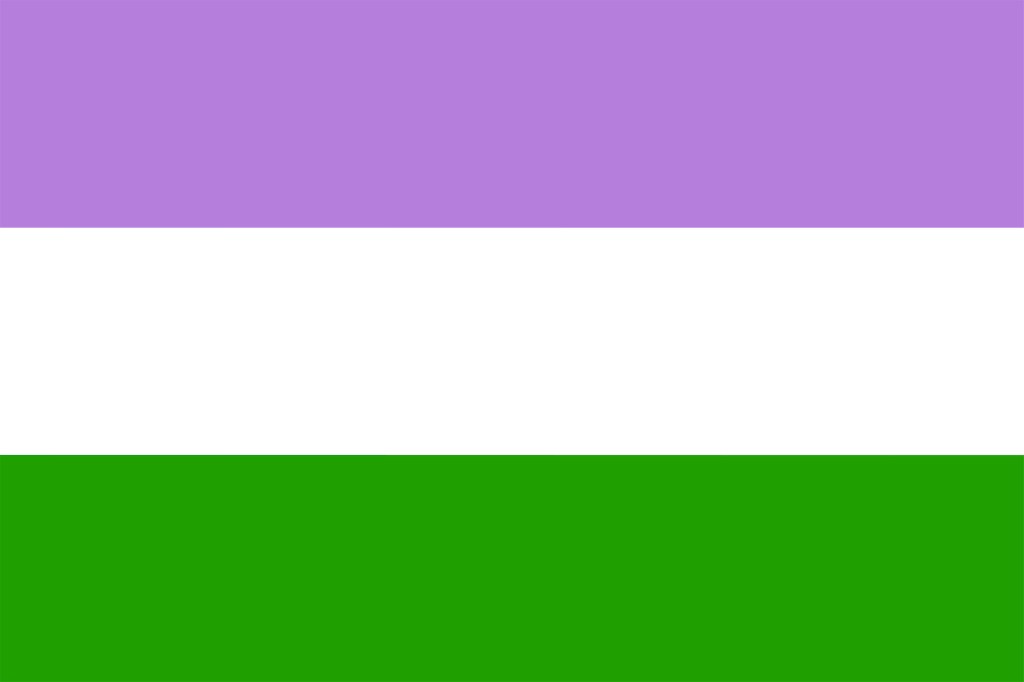 The genderqueer Pride flag. (Getty)
The genderqueer Pride flag. (Getty) Genderqueer is one form of non-binary identity that has its own flag, which was created by artist and filmmaker Marilyn Roxie in 2011.
The three stripes of the flag each have their own meaning, with androgyny represented with lavender, agender people represented with the white, and non-binary identities with the green.
googletag.cmd.push(function() { googletag.display('Desktop_Pagicle_Content_12'); }); Genderfluid flag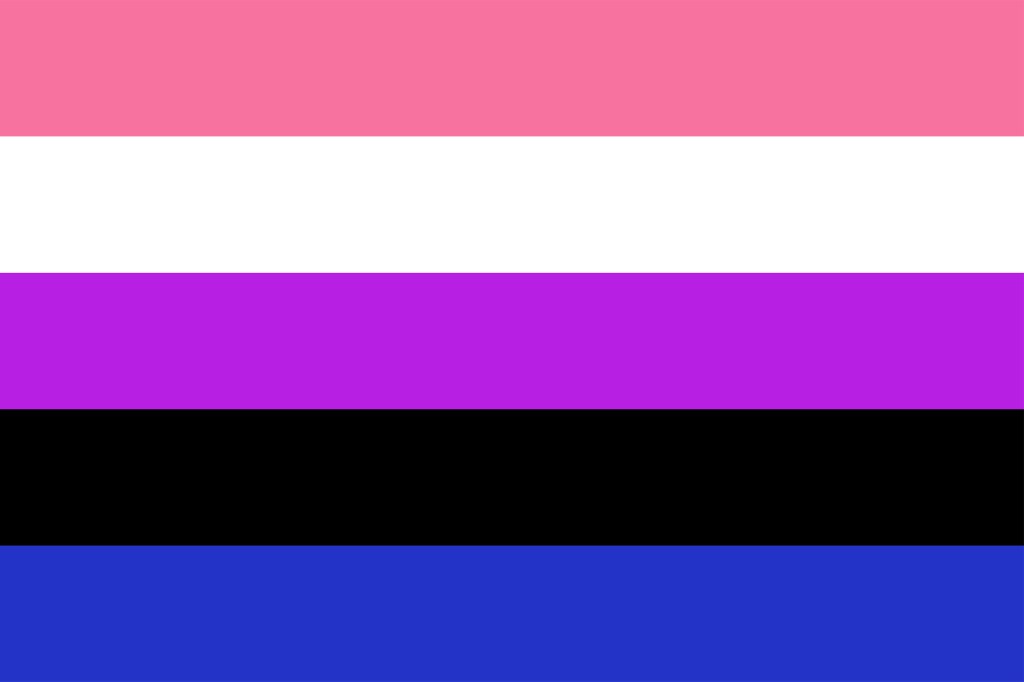 The genderfluid Pride flag. (Getty)
The genderfluid Pride flag. (Getty) Genderfluid is the term for people who find that their gender identity can shift, and the identity is often included under the non-binary umbrella.
The five stripes of the genderfluid Pride flag each have their own meanings, with the pink and blue for femininity and masculinity, the purple stripe for both masculinity and femininity.
The black stripe in the flag represents a lack of gender, and white is there for all genders.
Twink Pride flaghow did i not know there was a twink flag? get this added onto the progressive pride flag NOW pic.twitter.com/lhK79bumCk
— ConorPropertySea is the ultimate platform for all your real estate needs. Whether you're searching for your dream home, looking to sell or rent your property, or seeking investment opportunities, PropertySea is your one-stop destination.
Whether you're a homebuyer, seller, renter, or investor, PropertySea is your trusted partner in the real estate market. Discover a world of possibilities, connect with expert agents, and make your property dreams a reality. Start your real estate journey with PropertySea today and experience the convenience, efficiency, and reliability of our comprehensive platform.
Originally posted on: https://www.thepinknews.com/2024/06/04/all-of-the-flags-you-might-see-at-pride-and-what-they-mean/